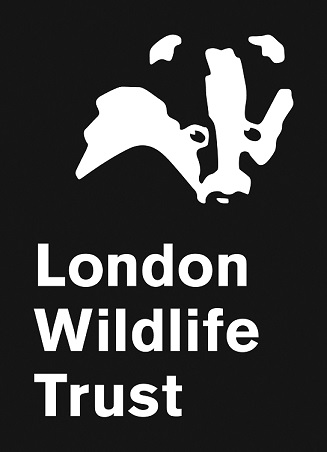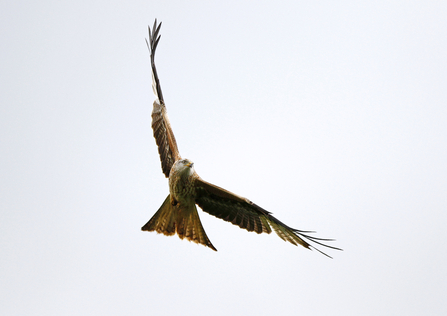The ‘wilderness’ issue has been sharpening its claws in conservation circles in Britain for over 20 years, taking much of its cue from initiatives in Europe focused on large animals (‘mega-fauna’), whether it’s the long-term recovery of European bison (which require significant tracts of woodland bordering rough grasslands) to reversing the declines in wolf, brown bear and Iberian lynx.[2] This approach has tended to dominate the re-wilding debate, on the basis that an ecosystem that can support large wild herbivores and apex predators will be more naturalistic - and therefore ‘healthy’ – than those habitats that are currently managed for wildlife in a largely agricultural landscape. More recently as steps have taken to rewild parts of Britain, including in southern England, a broader suite of mammals and birds have been the focus of reintroduction schemes, or have – through various means – naturally colonised, including pine marten, European beaver, white stork, chough, and white-tailed sea eagle. These are beginning to complement conservation grazing mammals, such as longhorn cattle, Tamworth pigs and Konik ponies which are presumed to broadly mimic their wilder ancestors in how they behave and manipulate the landscape.
As people over the past centuries have wiped out predators, and destroyed the habitats upon which our biodiversity depends, an approach that can eventually sustain the full suite of fauna amounts to real conservation gains. The wider countryside in Britain is largely inhospitable to much of our wildlife, and our nature reserves and designated sites are small, isolated, fragments ill-equipped to stem the downward trends for most species in terms of diversity, distribution and abundance. This is the problem that needs tackling if we are to see the loss of biodiversity halted; there is a growing consensus that larger tracts of land are required for nature, and letting them become wilder is a critical approach to help reverse these declines.
Wilderness could effectively ‘put back’ some of the charismatic beasts we’ve lost, and counter the damage we’ve done to our wildlife in the process. Proponents of re-wilding also argue that this will strengthen the ecosystem services (for example, floodwater management) that high quality habitats can provide, trigger a new eco-tourism industry based on wildlife watching, and give a new boost to our efforts to ‘reconnect’ people with nature. But what would wilderness look like and mean for London and her environs?

